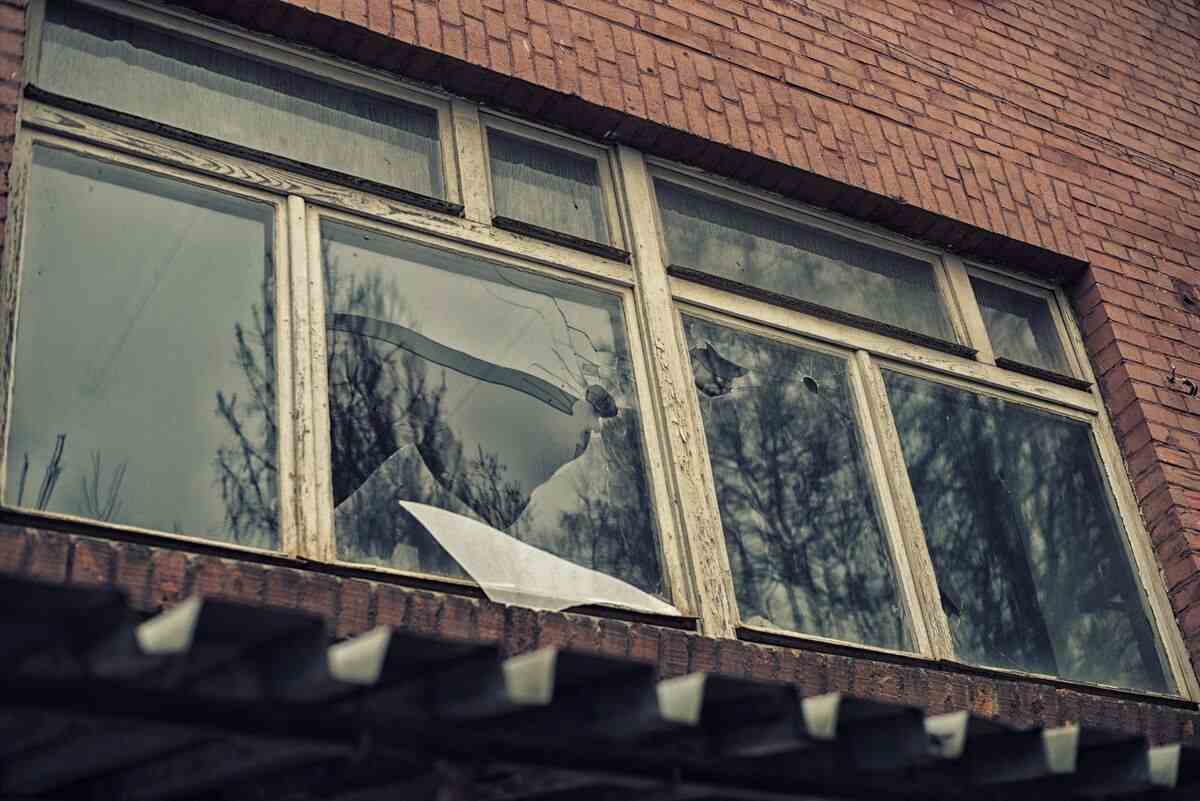
What is the best process for filing an insurance claim after a major natural disaster? Hurricane Michael just came through Florida devastating many families and home in its wake leaving those families in a state of sadness riddled with fear and anxiety about the future of their property. Here is a 5 step process for how to start and finish a hurricane insurance claim from the experts at Nonni Homola.
5 Steps to Take After a Hurricane in Tallahassee
- Document the Damage: Documenting the storm damage that your home or business sustained due to Hurricane Michael is the most important part of this entire process. Take photos of anything that you think may have been storm damaged by the storm, such as holes or cracks in the roof, shingles or tiles on the ground, grit from shingles in the flower beds, broken windows, etc. In addition to taking photos of the outside of your roof, go up into your attic, if you’re able to do it safely, and take photos of the inside of your roof as well. Also, keep in mind that storm damage to the facade of your home or business is covered by insurance too, so look for storm damage to the wood, vinyl, brick, or stucco that surrounds your building. Take photos of everything, even if you aren’t sure what you’re taking photos of; the importance of these photos in proving your claim cannot be overstated.
- Report the Damage: Your insurance policy contains information explaining what you’re supposed to do if your property sustained storm damage due to Hurricane Michael. So, review your policy and make sure you understand that process. Then, call your homeowners’ insurance company or commercial property insurance company, file a claim, and provide them with copies of all the photos and other documentation you’ve gathered.
- Mitigate the Damage: You have a duty to mitigate your storm damages, which means that you are required to take reasonable steps to prevent the storm damage to your home or business from getting worse over time. If you fail to mitigate your storm damages, then the insurance company may deny your claim. For example, if there’s a hole in your roof and you’re able to hire someone to cover the hole with a tarp or you’re able to purchase a tarp and cover the hole yourself, then you are required to do so in order to prevent further water storm damage. That being said, it’s important to remember that you only have a duty to act reasonably, so if you can’t afford to hire someone or you can’t afford to purchase a tarp or you aren’t physically able to cover the hole yourself, then you aren’t required to do so. Additionally, don’t attempt to repair any of the storm damage until after you’ve documented the storm damage and you’ve given the insurance adjuster an opportunity to inspect the storm damage.
- Attend the Inspection: Shortly after you file the claim, your insurance company will send an adjuster to inspect your property and assess the storm damage. You should be present during this inspection and you should point out to the adjuster any storm damage that you think he or she may have missed. It’s very important that all of your property storm damage is documented during this inspection. If the adjuster fails to document some of your property storm damage and you report the storm damage to the insurance company at a later date, the insurance company may deny that portion of your claim. For example, winds over 48 miles per hour are strong enough to lift shingles away from the roof and allow water to penetrate the building without actually ripping the singles off the roof. Then, once the storm passes, the shingles often fall back down onto the roof. In this type of situation, the roof system has been destroyed and needs to be replaced but the storm damage is not obvious to the naked eye, especially from the ground. So, if your home or business sustained winds over 48 miles per hour during Hurricane Michael, when the adjuster comes to inspect your property, you should insist that he or she check the roof even if there isn’t any obvious storm damage.
- Follow-Up on the Claim: After the inspection, the insurance company will review all of the information and make a decision regarding your claim. Continue to follow-up with the insurance company until they inform you of their decision in writing. If the insurance company denies all or any part of your claim, or if they approve your claim but the amount of money they offer you is less than the total cost of all the repairs, then it’s time to hire an experienced attorney to make sure that the insurance company doesn’t take advantage of you. The Tallahassee storm damage attorneys at Nonni Homola have years of experience with all aspects of storm storm damage claims, from documenting the storm damage, to dealing with insurance companies and hiring the best experts to prove your case, to negotiating fair settlements or winning your case at trial.
We hope your process is smooth and without heckling from the insurance company; however, we all know that similar to natural disasters, unexpected events can occur. If you find yourself in a place where the insurance claim is stalled or the insurance company isn’t cooperating, Let us fight for you! We have a way of making insurance companies cooperate and helping insurance claims file smoothly. Give us a call at 850-601-1111 or fill out our contact form for a free consultation.

